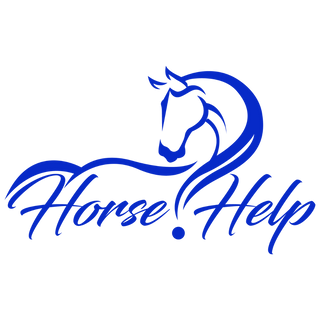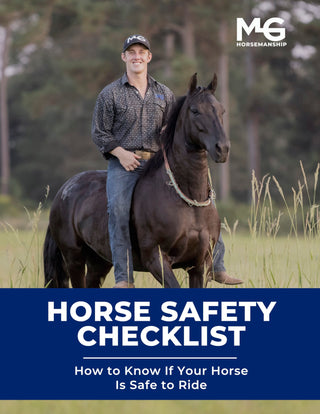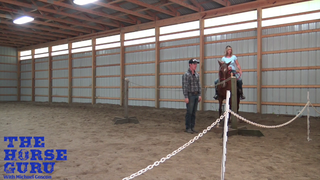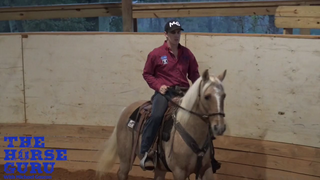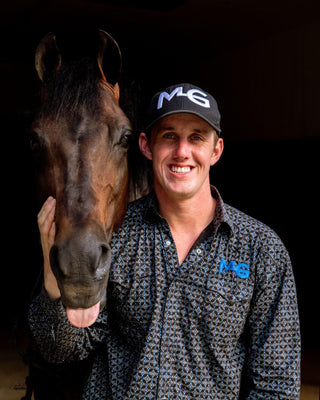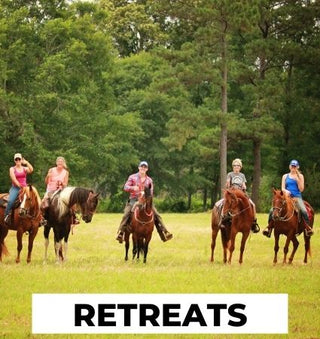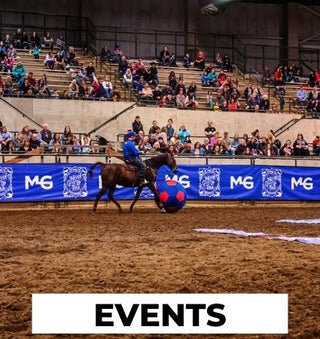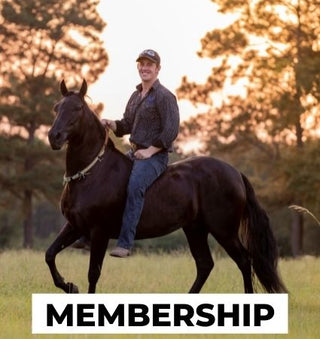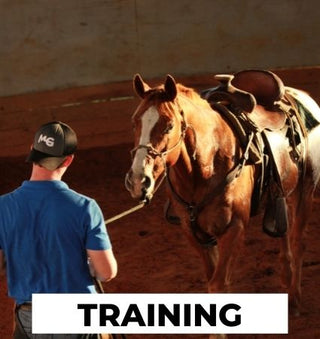Watch the Video Here or continue reading below!
Training a horse to handle new situations calmly and confidently takes patience, consistency, and the right approach. In this session, Michael Gascon works with Nakaia on day two of her extreme obstacle training, focusing on building softness, confidence, and understanding under pressure.
From rope handling to working through spooky objects, and finally pushing into a canter, every step is designed to help the horse relax and trust the rider while navigating challenges.
Rope Handling and Pressure Release
One of the first lessons highlighted was the importance of how you coil and handle your rope. Michael explains that whether you’re left-handed or right-handed, the way you coil and throw changes—affecting control and efficiency.
A key takeaway here is that horses must learn to give to pressure rather than fight it. Too many horses are allowed to “pull back” when tied, which only teaches them to resist. Instead, horses should be taught that pressure means to soften and yield. This principle lays the foundation for every other lesson.
Letting Horses Relax and Drop Their Head
Contrary to traditional advice that discouraged allowing horses to graze under saddle, Michael shares that he actually encourages horses to drop their head and relax when possible.
“Four or five minutes of a horse with its head down and relaxed on a trail ride can do wonders for their mind.”
This builds trust and helps horses learn that riding isn’t just about work—it’s also about relaxation and comfort.
Teaching Horses to Move With Precision
Nakaia works on backing straight, disengaging the hindquarters, and responding to small rein adjustments. Michael points out that subtle differences—like whether the horse’s nose is tipped slightly to one side—will affect the direction of the hind end.
By making small, consistent corrections, the rider helps the horse understand exactly what is being asked.
Working Through Obstacles: Gates, Tarps, and Jackets
Extreme obstacle training often involves introducing horses to scary objects like tarps, jackets, or flags. The key is not avoiding contact.
Horses are prey animals, and if they think they can avoid something scary by running away, their fear will grow. Instead, riders should:
-
Make contact with the object.
-
Allow the horse to “freeze” and process.
-
Reward when they relax.
Michael explains that the worst mistake riders make is trying to desensitize too slowly. Instead of letting fear build as the object gets closer, make calm contact so the horse realizes, “This isn’t going to hurt me.”
Overcoming Blind Spots and Building Confidence
Horses see nearly 360 degrees, but their blind spots can cause sudden spooks when something “appears out of nowhere.” To prepare for this, Michael works objects like flags and ropes back and forth across the horse’s vision, so they learn to expect movement from all angles.
This reduces startle reactions and creates a calmer, more confident horse under saddle.
Pushing Into the Canter
One of the final challenges in this session was getting Nakaia to canter under saddle. Like many green horses, her first instinct was to break down at the corners or resist the transition.
Michael emphasizes three keys to success:
-
Fire behind, freedom in front – push the horse forward while keeping the reins soft.
-
Head leads first – look where you want to go and guide the horse’s nose with an open rein.
-
Reward the try – release pressure just before the horse quits, so they build confidence in the gait.
By staying consistent and encouraging forward motion, the horse begins to understand that cantering is just another part of the job—not something to fear.
Final Thoughts
Day two with Nakaia showed incredible progress. From rope handling and pressure release, to facing tarps and jackets, and finally moving into a confident canter, each step built her trust and willingness.
Working through extreme obstacles isn’t about forcing a horse through fear—it’s about teaching them to think, relax, and trust their rider no matter the challenge. With patience, consistency, and the right release of pressure, even the most hesitant horses can become calm, confident partners.
